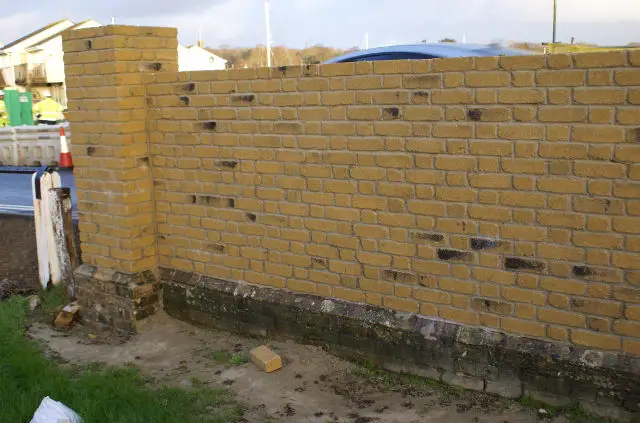Two weeks ago, Islanders were exposed to first sight of the new parapets on Wootton Bridge, Isle of Wight. They were not happy!
OnTheWight broke the story in July 2015 that cracks had been found on the heavily-used bridge that crosses Wootton Creek.
‘Sympathetic’ repairs
Traffic restrictions were enforced in the following days, with final plans to ‘sympathetically’ repair the bridge revealed in October 2015 when Island Roads stated,
“In simple terms, the scheme will involve the sympathetic upgrade of the bridge parapets to meet modern day national standards, while maintaining the original appearance of this historic bridge.”
Unhappy with new design
Residents have been up in arms about the work as they say the original appearance of the bridge has been far from maintained.
The elegant low-rise stone balustrades (seen below) have now been replaced with a higher, flat brick wall. Island Roads say the designs were on public display prior to the work starting.
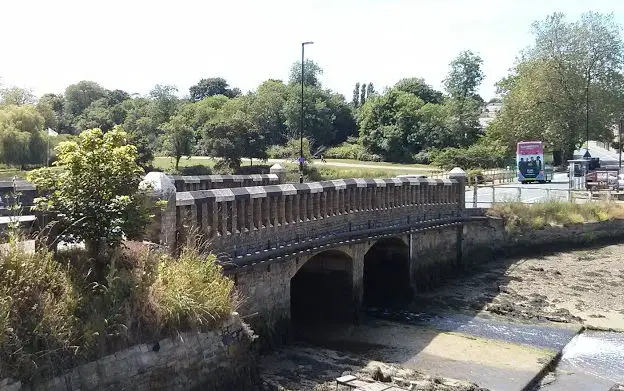
Three simple questions
Naturally, when anger over the new parapets broke, OnTheWight got in touch with Island Roads to ask a few simple questions.
- Given its historic importance, was it not possible to just repair the bridge?
- Is it just one side that is to be rebuilt with new bricks?
- Is it just the side on the bridge that has been done in new brick? Is the underneath in the old brick?
Surprisingly, it has taken them over twelve days to respond, but today (Monday) have provided a long statement (see below) about the work that is being carried out.
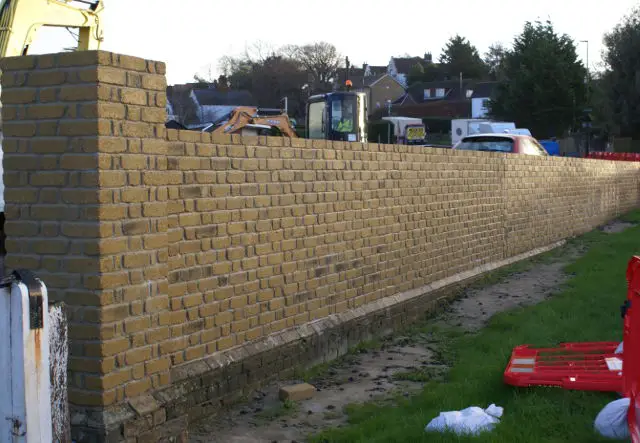
Safety regulations
Island Roads have argued the former balustraded parapets did not meet the current road traffic safety regulations, which is why they were replaced with the taller brick wall.
They say,
“Attempts to replicate the original balustrades were considered impractical, not least because they would have had to be constructed behind modern safety barriers.”
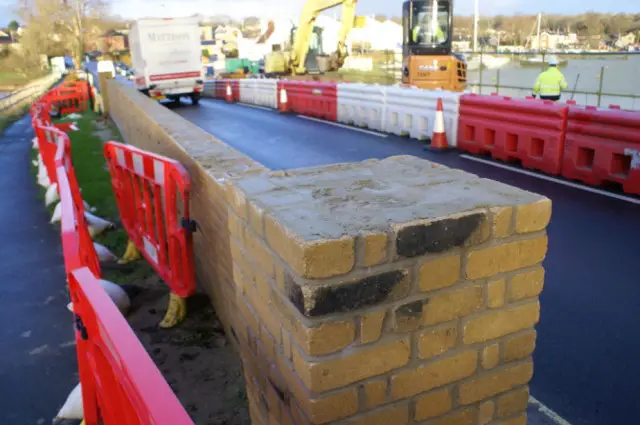
The statement goes on to say,
“The repair and strengthening of the arches underneath is being undertaken with only minimal changes to the original brickwork.”
Island Roads also say that “all of the original bricks have been removed from site and are now the property of the sub-contractor”.
Local councillor ‘satisfied’
OnTheWight got in touch with Isle of Wight councillor for Wootton Bridge, Daryll Pitcher.
He told OnTheWight the parapets had ‘had it’ and although he did question the design, he was “satisfied as there is no other option”, adding,
“I want a safe bridge.”
Please that Island Roads had been able to keep the bridge open during the works, Cllr Pitcher went on to explain that the old bricks couldn’t be reused and on the colour of the new bricks he said,
“That’s probably what they originally were 130 years ago.”
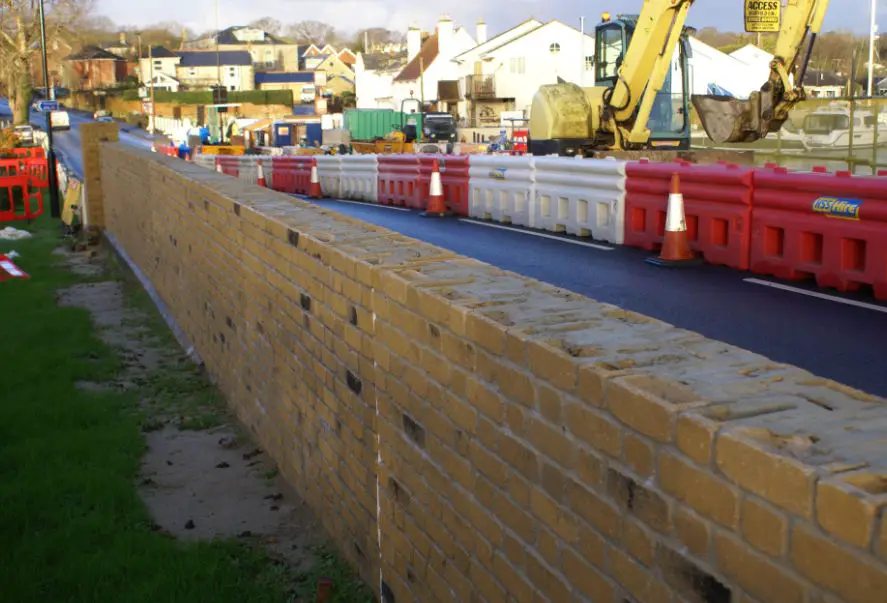
Here’s the Island Roads statement in full.
“We have taken great care to, wherever possible, reflect the original design of Wootton Bridge. All current requirements and industry standards have been met and guidance followed in designing the replacement parapets.
“It has to be remembered that the original bridge was constructed at a time when there were no motor vehicles. The previous parapets were simply not tall or robust enough to meet modern safety requirements.
“Attempts to replicate the original balustrades were considered impractical, not least because they would have had to be constructed behind modern safety barriers. This would also have required major modification of the site, including highway widening, which would have led to significant delays in re-opening the bridge to all traffic.
“The new parapets must be suitable and effective for a busy main road carrying high volumes of traffic of all types including HGVs and abnormal loads. As part of the Highways PFI Contract, Island Roads are responsible for ensuring that all parapets are compliant with the requirements of the design documents TD 19 (and IAN 97), of the Design Manual for Roads and Bridges (DMRB). This includes the guidance that structures with ‘smooth’ faced parapet walls are needed at locations such as this, as open balustrades are not suitable in terms of containing vehicles within the highway network. TD 19 is a national document covering all types of highway including motorways and trunk roads. Because of the largely rural nature of the Island’s network, Island Roads has also developed, and gained the necessary approval for, an in-house risk assessment for existing parapet systems. This process has been used at Wootton Bridge to determine the need for an upgraded parapet.
“Many of the original bricks had been replaced over time due to repairs, in some cases using an unsympathetic choice of materials. The new bricks, however, have been sourced to try to match the original ones. The new parapets will weather over time and the coping stones, which will be installed shortly, will match those used on the previous parapet. All of the original bricks have been removed from site and are now the property of the sub-contractor.
“The repair and strengthening of the arches underneath is being undertaken with only minimal changes to the original brickwork. In addition, timber-faced safety barriers, rather than steel, will be used on the approaches to both reduce their visual impact and ensure the new structure is in keeping with the original. Furthermore the original boundary marker stone, which had fallen into disrepair over many years, has been replicated and will be reintroduced at this location when work is complete.
“The new design and materials were shared with the local community at the exhibition held in Wootton prior to work starting. Details of the scheme have also been shared with the AONB, the Isle of Wight Council, the local parish councils, the Environment Agency, Fishbourne Harbour Master, Natural England and the Marine Management Organisation.”
HGV drivers have reportedly said that due to the narrowness of the road, two HGVs would not be able to pass each other on the bridge.

